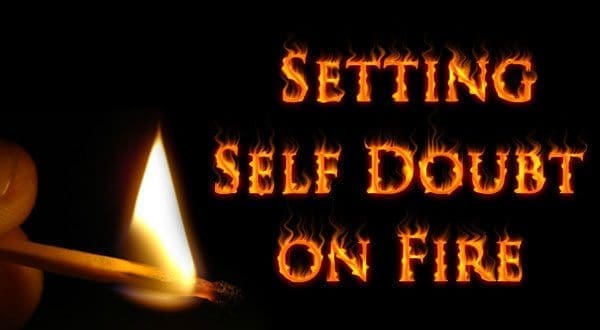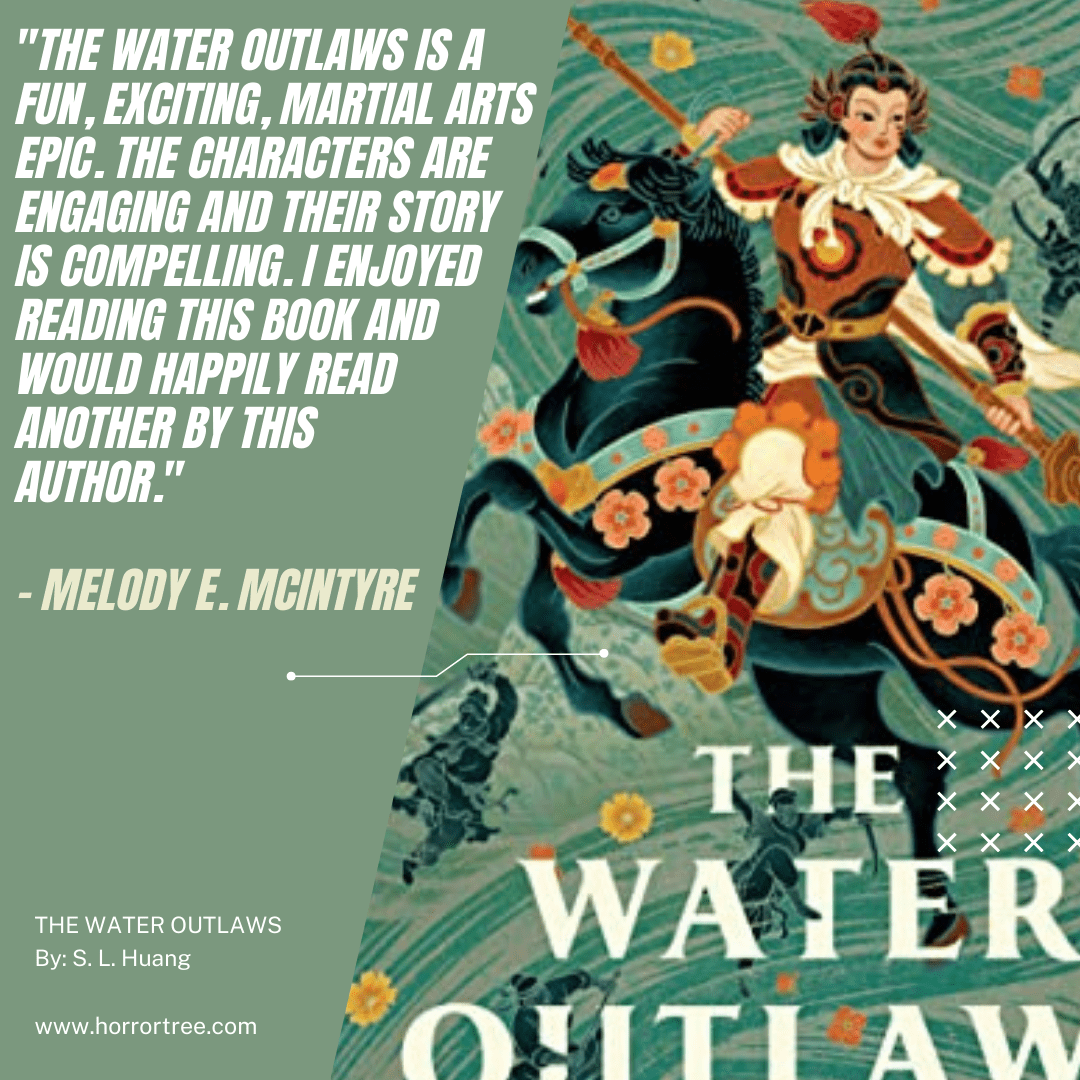5 Mistakes That You Make Writing A Horror Story
 In an age of digitalization and interactive online books, horror books may appear to be things of the past. However, there are still many horror fans who keep up with the latest industry news. If you want to be a famous horror author, the first thing you should learn is how to write good horror stories.
In an age of digitalization and interactive online books, horror books may appear to be things of the past. However, there are still many horror fans who keep up with the latest industry news. If you want to be a famous horror author, the first thing you should learn is how to write good horror stories.
Horror stories are reported to be the fifth most popular fiction genre in 2021, grossing $79.6 million. Thus, establishing a career in this field could be a lucrative endeavor. Not everyone, however, is capable of writing good horror stories. Do you know what mistakes you should avoid?
How Do You Write a Horrifying Story?
Fear intensity is the most important aspect of any horror story. People do not read it for entertainment purposes. They read it to give them a rush of adrenaline.
Fears with a logical or biological basis are often the most intense in horror. Darkness, height, snakes, and spiders are all common instinct-based phobias. As a result, they have a strong ability to scare readers. However, there are some things you should avoid when writing horror stories:
1. Rushing to the Good Part
Add hints and clues to confuse your readers. Remember not to rush and reveal the “whole horror” of your story on the first page. Go over the plot logic to keep the reader from guessing the last page of the first.
Only in this way, you can ensure that the story is read all the way through. Many horror authors struggle to come up with the right plot logic and, at times, require writing assistance. If you are experiencing the same difficulties, visit Best Writers Online‘s custom writing reviews website to produce flawless material.
2. Avoid Environment Blending
While your story is your idea, keep in mind that the proper environment can help you achieve the desired result by providing the right emotions. If you want to include landmarks or famous locations in your stories, keep logic in mind. Combining famous spots in one location will look absurd in the eyes of the reader.
For example, aliens landed in the middle of New York to demolish the Eiffel Tower and replace it with their power symbol. Here, the writer wishes to stand out. As a result, situations and characters will appear silly, rather than terrifying.
3. The Absence of Conflict and Clear Structure
“The sky was cloudless. Weightlessness pervaded. Silence, etc.” – such descriptions should be avoided by horror story authors. Instead, his reader requires intrigue, conflict, confrontation, and the coveted horror of the story.
Even if the evil dwarf is stuck in the elf’s door and the invisible forces of nature, the strange Labyrinth, and the ancient confrontation of sworn spirits are drawn in, you can twist the plot in such a way that the intensity of emotions is maximized, and then deliver a piece of horror in the most unexpected place, taking the reader by surprise. For the intensity of passions to succeed, stick to the structure: tie, climax, denouement.
If the story is long, this wave of elements will be repeated several times, creating a narrative rhythm. When there is no conflict or construction, reading becomes tedious. Visit the writing services reviews website of Writing Judge if you need assistance organizing your ideas or material proofreading.
4. The Use of Clichés
The use of clichés is more than a common mistake made by aspiring writers. It is a real disease that is extremely difficult, if not impossible, to cure. Make every effort to eliminate clichés from your writing.
Furthermore, clichés also apply to worlds with characters. Wise elves, sinister vampires, hellish demons, and fat gin are all familiar, but very annoying, examples of plot elements that make the story predictable and destroy interest.
5. Avoiding Editing
Writing a horror story is not difficult. Many authors believe their works are perfect and skip an important step – editing. And, while this stage requires a lot of effort and time, it is well worth it. The editing stage allows you to remove excess, empty sentences, find and remove clichés, etc.
If you do not “filter” the story by removing all distractions, the reader will not reach the desired emotional intensity level by the time you want to scare him. Instead, he will become entangled in unnecessary descriptions even before reaching the right moment. Thus, before giving your story to someone to read, edit it twice.
Conclusion
Every good horror writer has a distinct style. Some people find inspiration in the morning, while others find it at night, but you should not try to write a story in a day. Begin by writing a thousand words per day to allow the words to fall easily onto the pages of your future horror masterpiece, making the writing process enjoyable and stress-free.
- About the Author
- Latest Posts
Frank Hamilton is a blogger and translator from Manchester. He is a professional writing expert in such topics as blogging, digital marketing and self-education. He also loves traveling and speaks Spanish, French, German and English.












